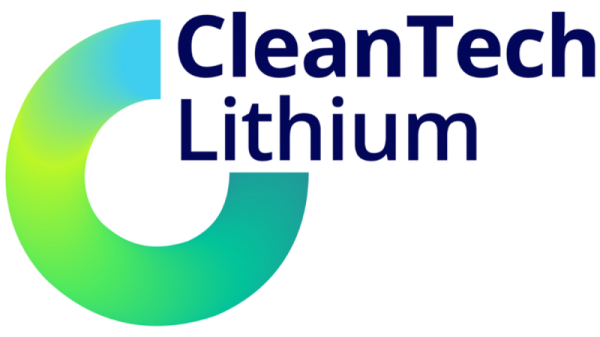Potash is a potassium-bearing nutrient essential for growing healthy, high-yield crops, and there are four kinds that market participants should have on their radar.
These minerals are found in large evaporite deposits from ancient lakes and sea beds, or in rock formations. The top potash-producing countries include Canada, China and Russia.
What is sylvite?
If a company ever uses the words “regular potash,” investors should know that it is referring to sylvite, which is the mineral form of potassium chloride. Sylvite is the most common form of potash, with massive deposits found in the US. However, the largest-known deposits of sylvite come from Devonian evaporite basins in Saskatchewan, Canada.
Potassium chloride is also known as muriate of potash (MOP). MOP is the most commonly used fertilizer, and is particularly helpful for chloride-loving vegetables such as sugar beets, corn, celery and Swiss chard. It can be beneficial for soil that is low in chloride, building disease resistance in plants. MOP is the largest potash market, with production of over 76 million metric tons (MT) per year. As far as pricing is concerned, MOP is the standard price that investors see quoted most often.
Nutrien (TSX:NTR,NYSE:NTR) is a major MOP producer, but rising demand for this kind of potash has also attracted explorers to the market, including Highfield Resources (ASX:HFR), Western Resources (TSX:WRX), Sage Potash (TSXV:SAGE,OTCQB:SGPTF) and Gensource Potash (TSXV:GSP).
It’s worth noting that when sylvite is found mixed with sodium chloride, the mineral it creates is called sylvinite. This mineral is a variation of sylvite and is also an important source for potash.
What is polyhalite?
Chloride is toxic to some fruits and vegetables, and in those cases farmers use polyhalite instead of MOP. Polyhalite is a potash mineral that contains the key nutrients potassium and sulfur.
Polyhalite is known to the market as sulfate of potash (SOP), and is the second most commonly used form of potash. SOP makes plants more resilient to drought, frost, insects and even disease, which in turn improves plant quality and crop yields. SOP can also improve a plant’s ability to absorb essential nutrients like phosphorus and iron, and can even improve the look and taste of foods.
SOP is not a naturally occurring mineral and usually must be produced via chemical methods, such as those used by Kalium Lakes (ASX:KLL,OTC Pink:KLLKF). Because of the resource-intensive processes used to create it, SOP fetches a large premium over MOP.
There are a few companies that can manufacture SOP with naturally occurring brine salts, including Compass Minerals International (NYSE:CMP) and SQM (NYSE:SQM).
Smaller fertilizer companies looking to produce SOP include Agrimin (ASX:AMN), Danakali (ASX:DNK,OTC Pink:SBMSF), Reward Minerals (ASX:RWD) and Australian Potash (ASX:APC).
What is langbeinite?
Langbeinite is a potassium magnesium sulfate mineral; for that reason, people refer to this source of potash as sulfate of potash magnesia (SOPM). There aren’t many langbeinite producers, and Intrepid Potash (NYSE:IPI) is the only SOPM producer in the US.
Similar to SOP, this variation of potash is used for chloride-sensitive fruit and vegetable crops, but particularly where there is a magnesium deficiency in the soil. SOPM is primarily a magnesium fertilizer, so it is a niche market within the larger the industry.
What is carnallite?
Once the go-to form of potash, carnallite is made up of potassium chloride, magnesium and water. However, these compounded minerals make it a tricky mineral from which to extract potash fertilizer. As a result, it is a good type of potash to use only when there is no source of sylvite or sylvinite.
Carnallite is mined for both its potash and magnesium properties.
The global distribution of this mineral is fairly vast, with occurrences in the Four Corners region of the US, including New Mexico and Utah’s Paradox Basin, as well as Colorado. It is also found in Russia, Canada, Germany and in some regions in the Middle East. Companies with carnallite projects include Kore Potash (LSE:KP2) and Karnalyte Resources (TSX:KRN).
Securities Disclosure: I, Melissa Pistilli, hold no direct investment interest in any company mentioned in this article.







































